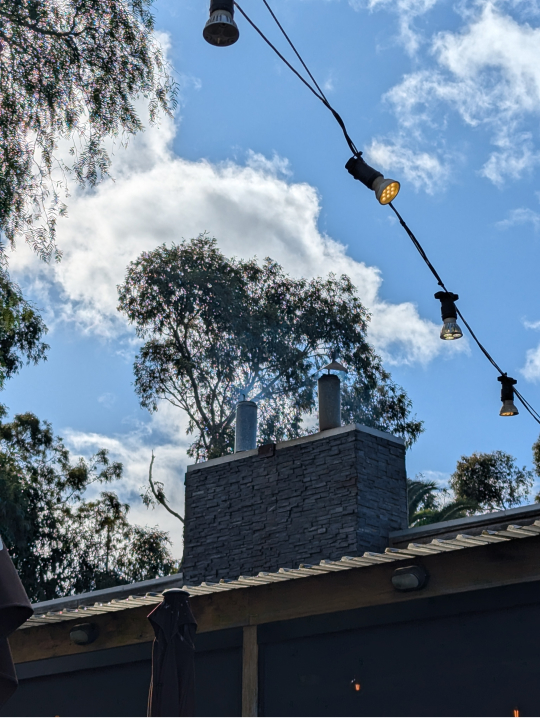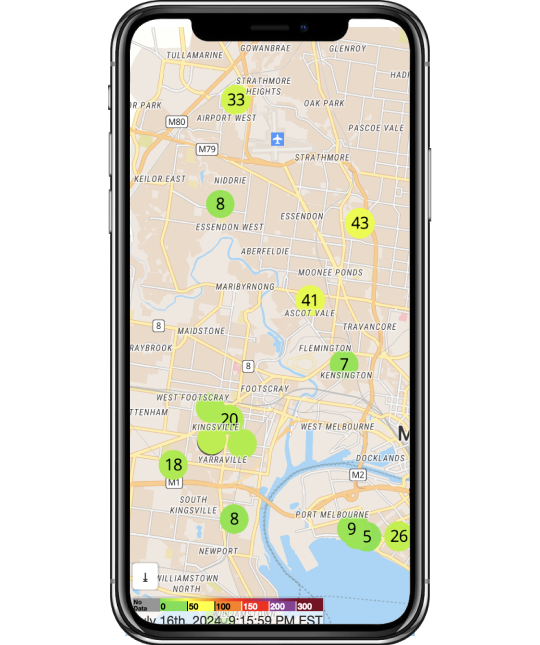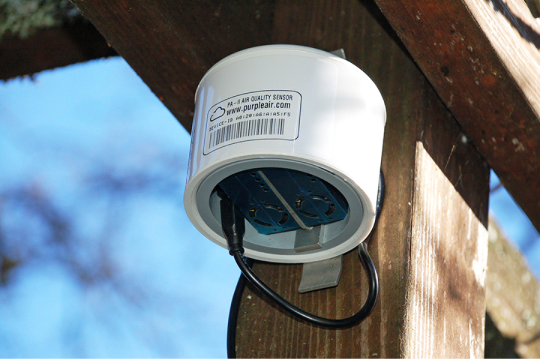Clean air is vital for maintaining the health of both humans and the environment. It is free from harmful pollutants, including particulate matter like PM2.5 - these are tiny particles that are 2.5 micrometers or smaller in diameter. These particles can penetrate deep into the lungs and even enter the bloodstream, posing significant health risks. Clean air ensures that these harmful pollutants are minimised, providing a healthier atmosphere for all living beings.
Several sources contribute to air pollution, diminishing the quality of the air we breathe:
Exposure to polluted air can have severe health consequences. Short-term exposure can cause respiratory issues such as coughing, shortness of breath and aggravated asthma. Long-term exposure is linked to more serious conditions, including heart disease, lung cancer and chronic respiratory diseases. Vulnerable populations, such as children, the elderly and those with preexisting health conditions, are especially at risk.

Air pollution does not only affect human health; it also has detrimental effects on the environment. Pollutants like PM2.5 can harm wildlife, damage forests and reduce the productivity of agricultural crops. Acid rain, formed from pollutants like sulfur dioxide and nitrogen oxides, can acidify water bodies, harming aquatic life and reducing biodiversity. Pollutants contribute to the degradation of natural ecosystems, leading to long-term ecological imbalances.
Monitoring air quality is essential for understanding pollution levels and taking appropriate action. We utilise two PurpleAir air quality monitors located at Dwell in Ascot Vale and at a second site near Steele Creek, Niddrie. These monitors provide real-time data on PM2.5 concentrations, enabling us to track pollution trends and alert the community when air quality deteriorates. By continuously monitoring air quality, we can make informed decisions to protect public health and the environment.

Everyone can contribute to improving air quality through simple, everyday actions.

To maintain your health in areas with fluctuating air quality, it’s important to stay informed and take proactive measures. Regularly check the air quality using reliable sources or air quality monitors. On days when pollution levels are high (e.g. bush fires) you can do the following:

The Purple Air network in Melbourne is growing. However, there are still many gaps where the community lacks visibility of air quality data. If you’d like to setup your own node feel free to reach out to us for some guidance through the process.
